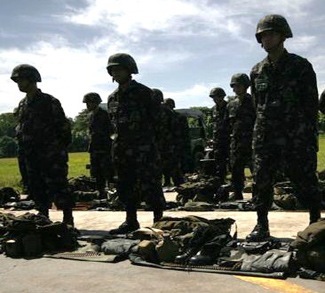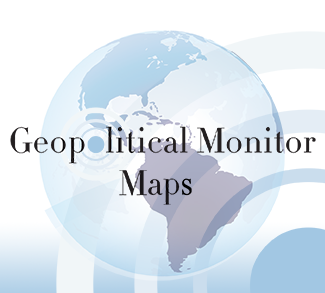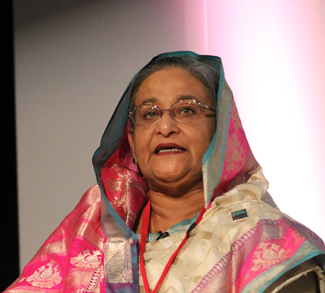With the global media spotlight fixed on the Middle East, developments on the periphery of the global fight against terrorism can often go unnoticed – especially when they occur in a region that is already assumed to be ‘low risk.’ Southeast Asia is one such region, where high-profile attacks from major players over the past decade – players such as Jemaah Islamiyah (JI) – have steadily declined as national governments gained an upper hand.
Yet in many ways the regional security outlook has taken a turn for the worse lately, as the rise of Islamic State and its particularly violent strain of Islamic fundamentalism has emboldened new splinter groups to press the initiative in Southeast Asia.




